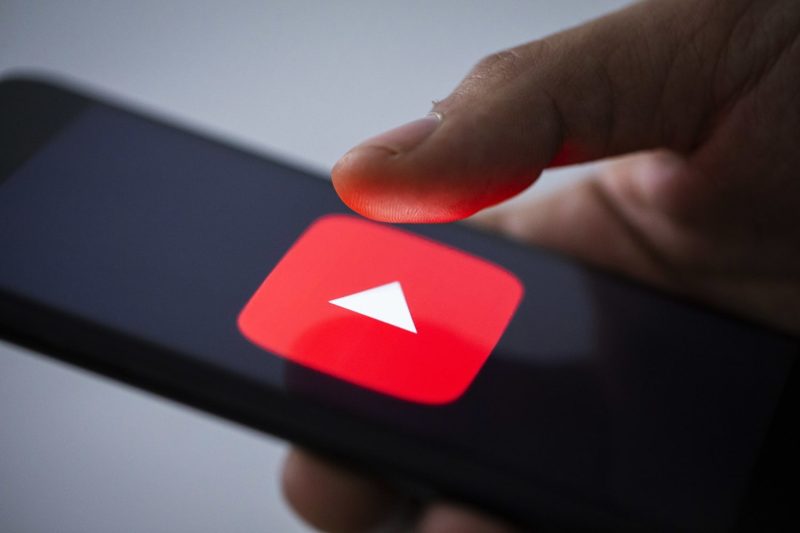
It’s been almost 20 years since the founding of Alphabet’s YouTube, and Hollywood still doesn’t really know what to do with it.
YouTube, which effectively invented user-generated content, claims a daunting share of overall media consumption. And it’s no longer just dominating the internet, it’s dominating the living room, too.
YouTube made up 9.7% of all viewership on connected and traditional TVs in the U.S. in May — the largest share of TV for a streaming platform ever reported by Nielsen’s monthly “The Gauge” report. Netflix ranked second, claiming 7.6% of viewership. Among streamers only, YouTube’s total viewership was close to 25% market share.
“We’re not talking about your mobile phone, your laptop, that I’m sure you see your kids using all the time, but on the biggest screen in the house, the TV,” said LightShed media analyst Rich Greenfield. “Every [media] executive has to be paying attention.”
But media companies such as Netflix, Disney and Warner Bros. Discovery aren’t sure whether YouTube is friend or foe.
Some media executives see YouTube as a companion platform to subscription streaming services and cable TV — an unwieldy behemoth of non-narrative, creator-led content with a social media slant that doesn’t really fit the New York-Hollywood nexus of professional media. Others — even at times the same executives — view YouTube as an existential threat to the entertainment industry, stealing viewership from subscription streaming services and, with it, the cultural center of American youth.
Those competing truths have led media and entertainment companies to concoct a wide array of strategies to combat the growing threat.

